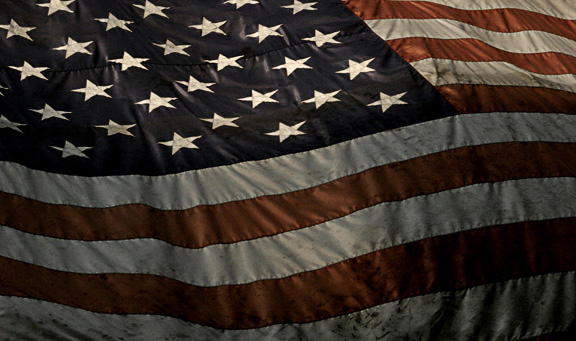During this holiday season, we want everyone to remember those who work with cameras to keep us informed of what happens around the world. Democracy only works with an educated and informed population, which is why freedom of the press is one of our most important and cherished freedoms and rights.
Whether professional photojournalists who elected to cover volatile and dangerous situations or locals entrapped in war zones furnishing images to the outside world via cell phones, 2014 was a very bad year for photojournalists. A very high proportion of them were killed in places all over the world. Several were beheaded.
The Committee to Protect Journalists just came out with its annual and grisly reminder that those who cover much of the globe put their very lives at risk. Whether it be the acts of lunatics with machetes or conventional military forces engaged in “normal” conflict, it is often the photographer who is killed, whether a target or “just” collateral damage.
And that report doesn’t count the local photographers in this country who also put themselves in harm’s way or get arrested in sweeps during domestic protests and demonstrations. No matter on which side of any “fence” you stand, with controversial and volatile issues, it’s the photojournalists’ unblinking eye that brings us into the middle of what’s happening. The civil rights movement in the 1960s was moved forward faster, when the average American saw in photos and film what was going on in the streets. Great photojournalists don’t (and shouldn’t) take positions on any issue, they ought just record what they see and let the viewers draw their own conclusions.
These days, the economics of the news industry have made it harder than ever to survive financially. Now it is harder than ever to survive period. Coupled with extreme financial pressure and the most dangerous work environment imaginable, today’s photojournalists who go into harm’s way, do so as a personal passion.
Many who have survived and returned home silently suffer from PTSD. Many who witnessed the death or dismemberment of others are reluctant or even embarrassed to admit that such events have had profound effects on them even though they escaped “without a scratch”.
We wanted to reflect and pay respects to those photographers whose names the public does not know unless of course they become the subject of a viral video showing their execution.
We highly recommended the links below as both educational and practical resources. Let’s hope and pray that 2015 yields a zero body count.
Committee to Protect Journalists: Press Freedom Online https://www.cpj.org/
PTSD | Dart Center for Journalism & Trauma http://dartcenter.org/tag/ptsd
Journalists and PTSD http://www.ptsd.va.gov/public/community/journalists-ptsd.asp




#1 by Arthur Applegate on December 26, 2014 - 12:59 pm
the silent informers that keep us informed